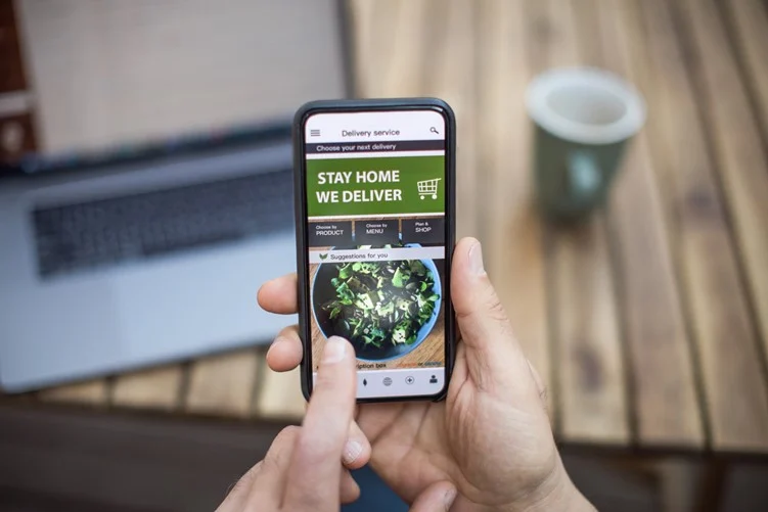Segmentation by context, behaviour and demographics
In addition to your personas, another way to target consumers with content relevant to them is by segmentation based on context, behaviour and demographics of the consumer or user. Broadly speaking, these are the three main types of attributes we recommend focusing on, however, there are others that you can build into your plan as you expand your personalisation plans.
Segmentation by contextual attributes
Contextual attributes describe the environment that the consumer or user is interacting with your content, such as time of day, weather, device or marketing campaign. Examples of this may include but not limited to:
- Time of day: For example, do your customers tend to spend more time browsing on weekends, then purchase in the evening during the week?
- Weather: For example, which segments of our audience are most engaged or affected by the changing weather patterns?
- Device: For example, are customers doing research on their mobile, but completing a goal conversion on their laptop?
- Marketing campaign: For example, which customers are engaging with certain marketing channels or promotional campaigns?
Segmentation by behavioural attributes
Behavioural attributes describe the behaviour that the consumer or user has shown when interacting with your content. This includes both current and past behaviour. Examples of this may include but not limited to:
- Cart abandonment: For example, did a segment of visitors abandon your checkout process before completing a transaction?
- Search: For example, what onsite search queries correlate with a goal conversion? Are there specific search queries that identify certain important segments?
- Downloads: For example, which visitors to your website downloaded a white paper or set of product specifications?
- Goal conversions: For example, are there certain website visitors who completed a goal conversion of a certain nature?
Segmentation by demographic attributes
Demographic attributes describe statistical data about the consumer or user. They can be determined from behaviours or inferred from your analytics platform. Examples of this may include but not limited to:
- Location: For example, do certain website visitors originate from a metro area, a rural or in a particular state?
- Age: For example, which age groups tend to be the most engaged with your content and which types of content are they most engaged with?
- Gender: For example, are men or women more interested in certain product categories?
- Household Income: For example, do certain audience segments with a higher household income prefer free delivery, rather than a discount?
You can layer your qualitative (persona) data, your quantitative data (behavioural) with contextual to create some incredibly powerful audience segments to deliver personalised content to.
Join us next time…
In the next article in this series, we will be looking at mapping customer journeys as delivering tailored content to your audience segments at the right time, in the right place makes all the difference.




